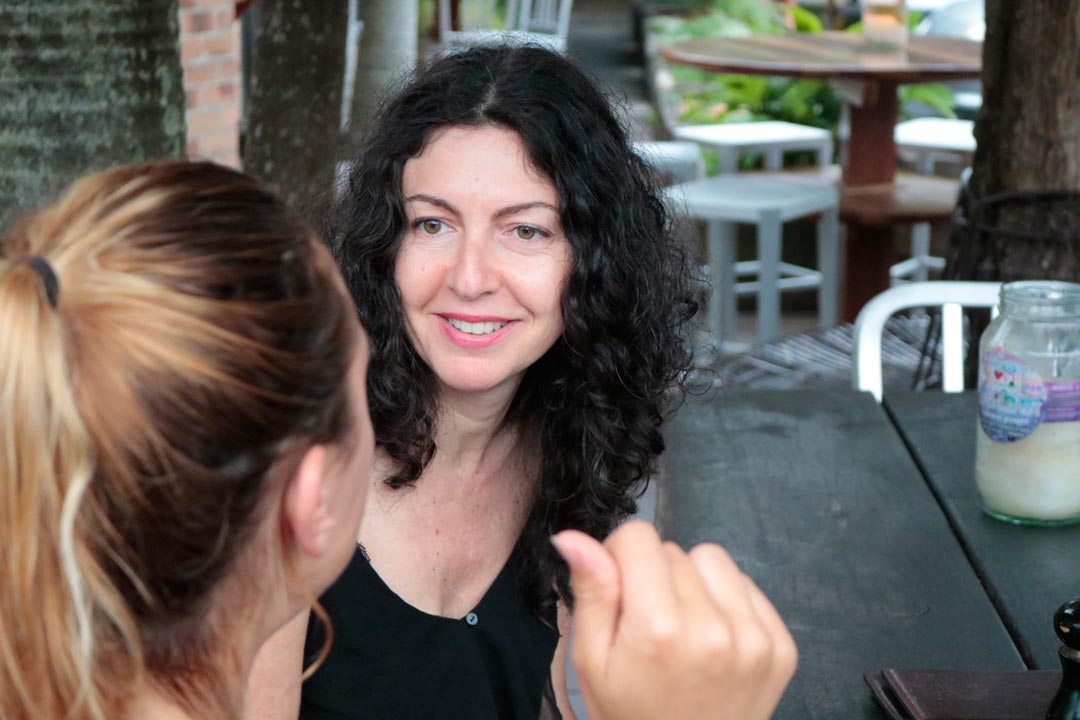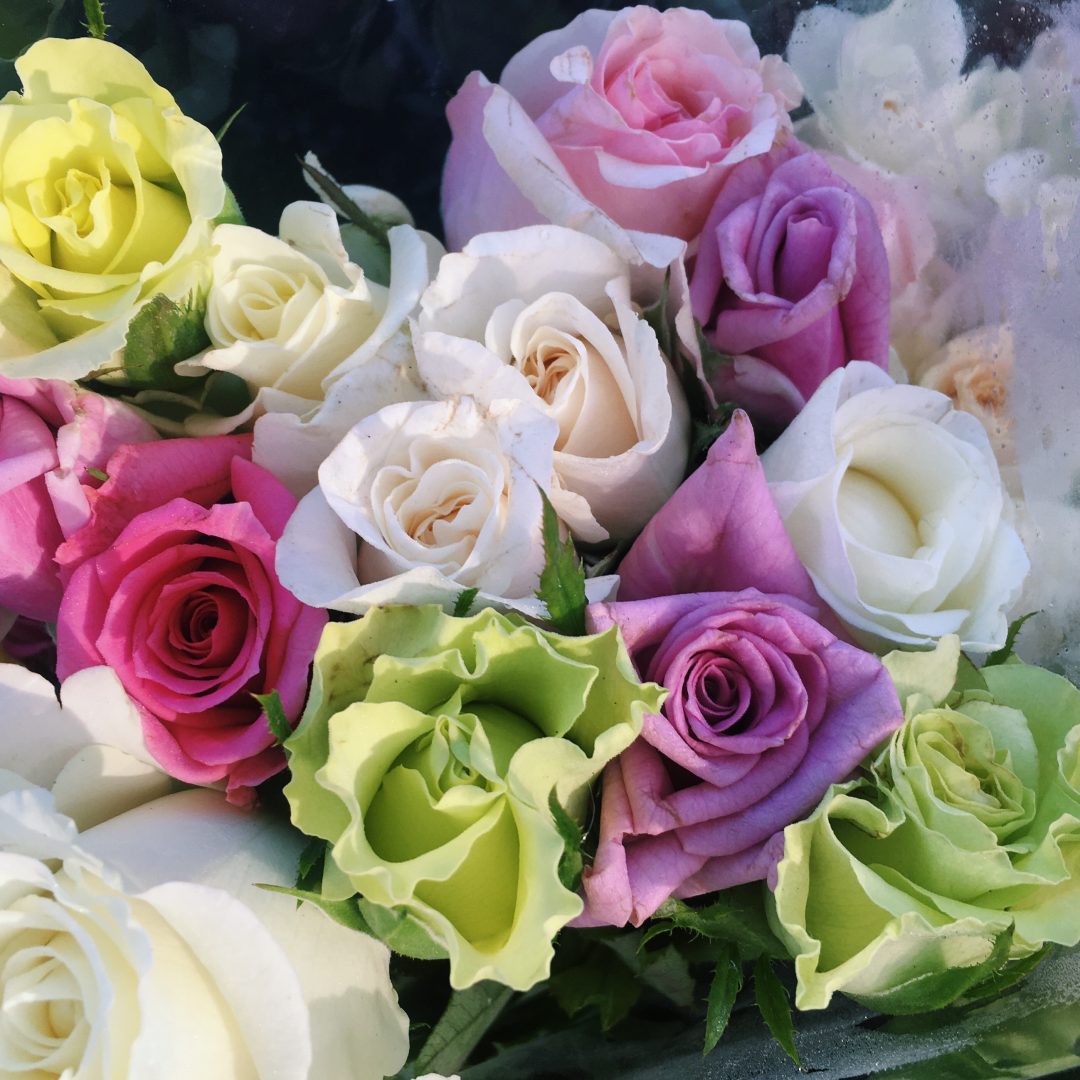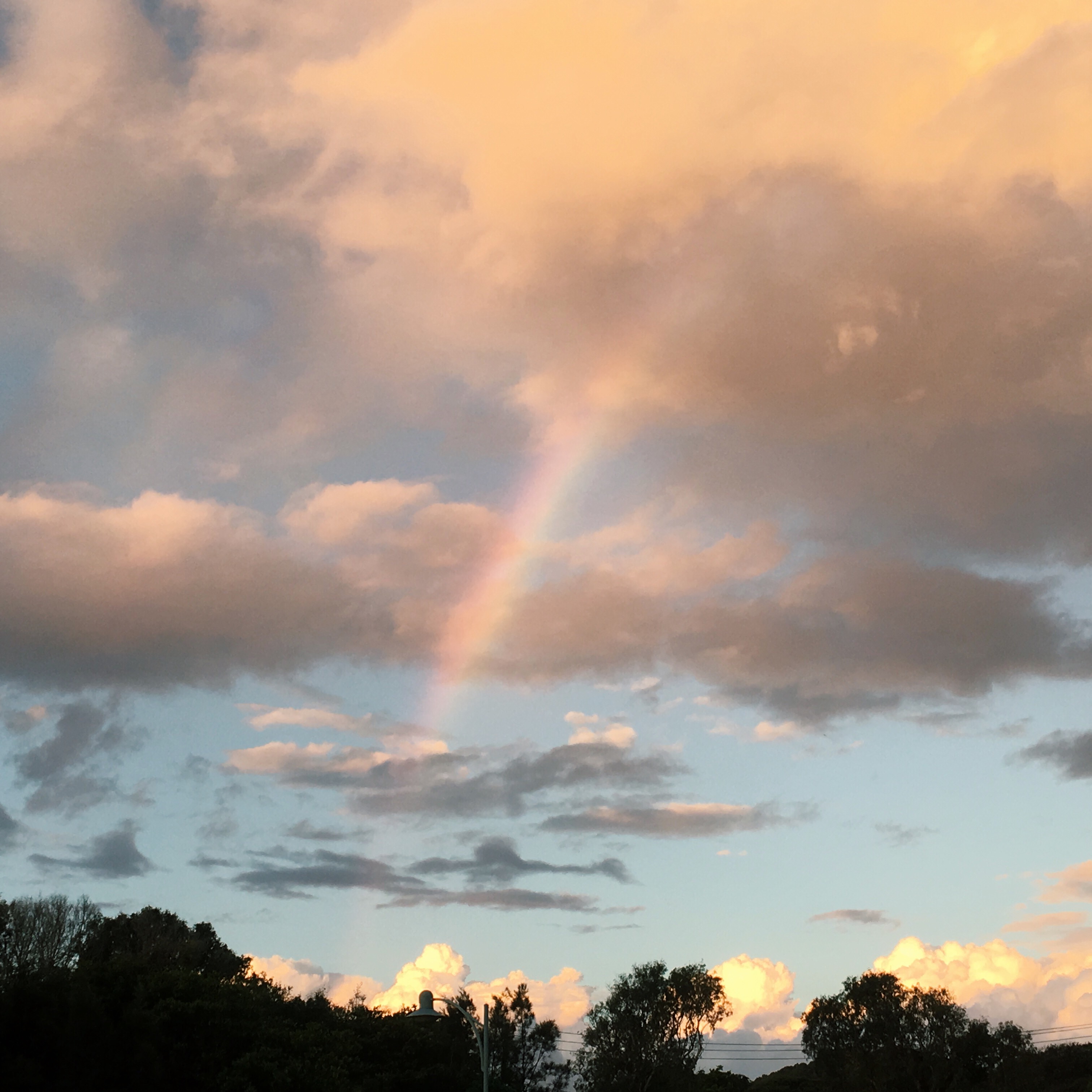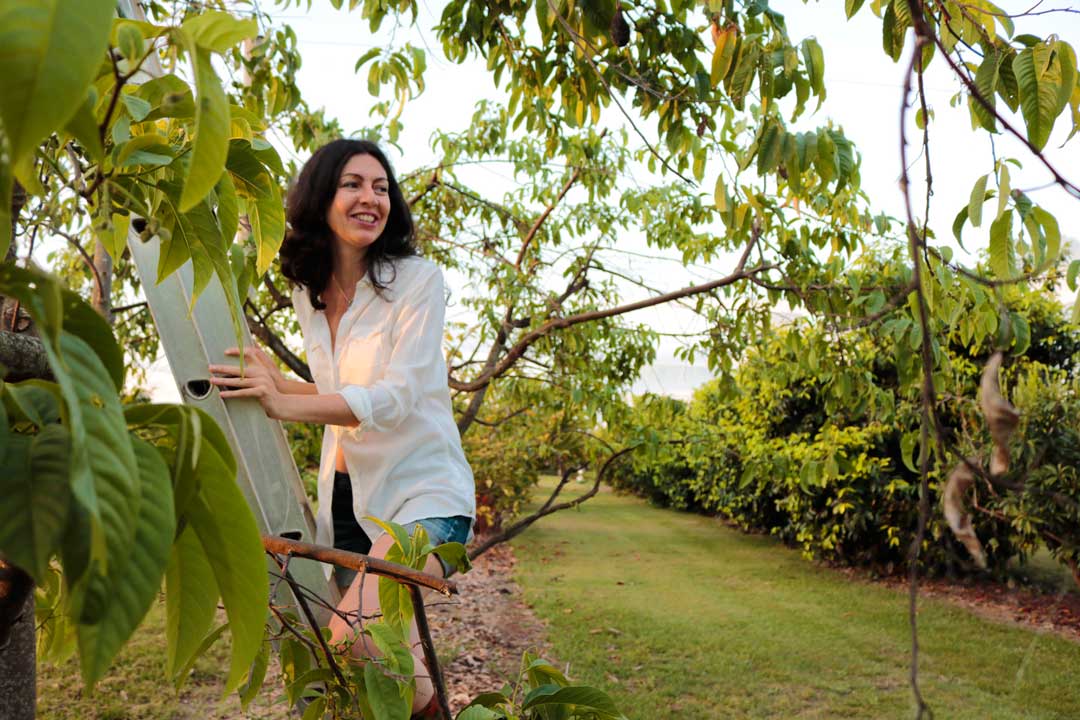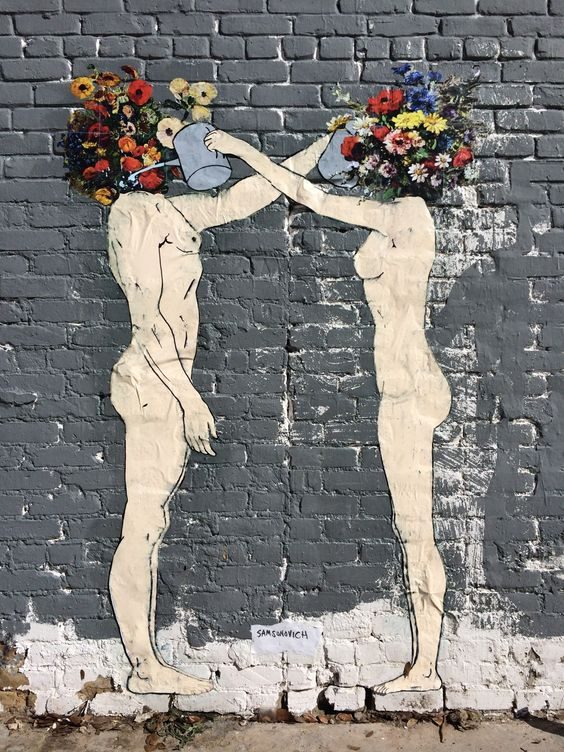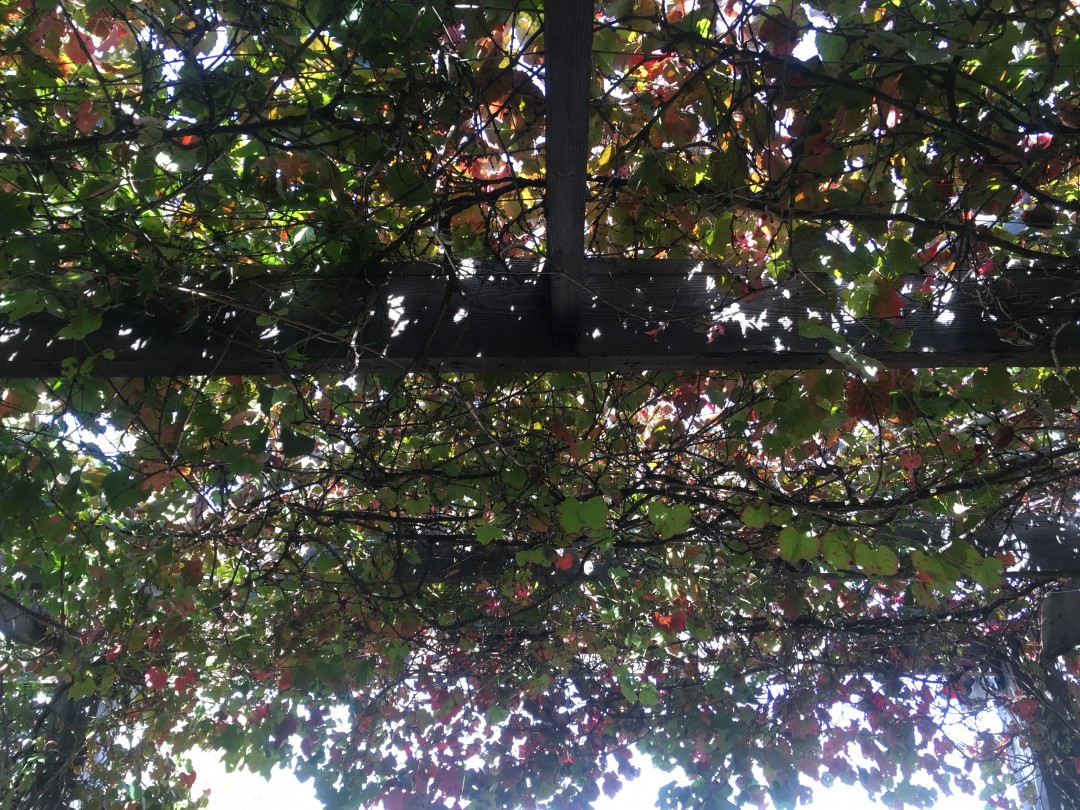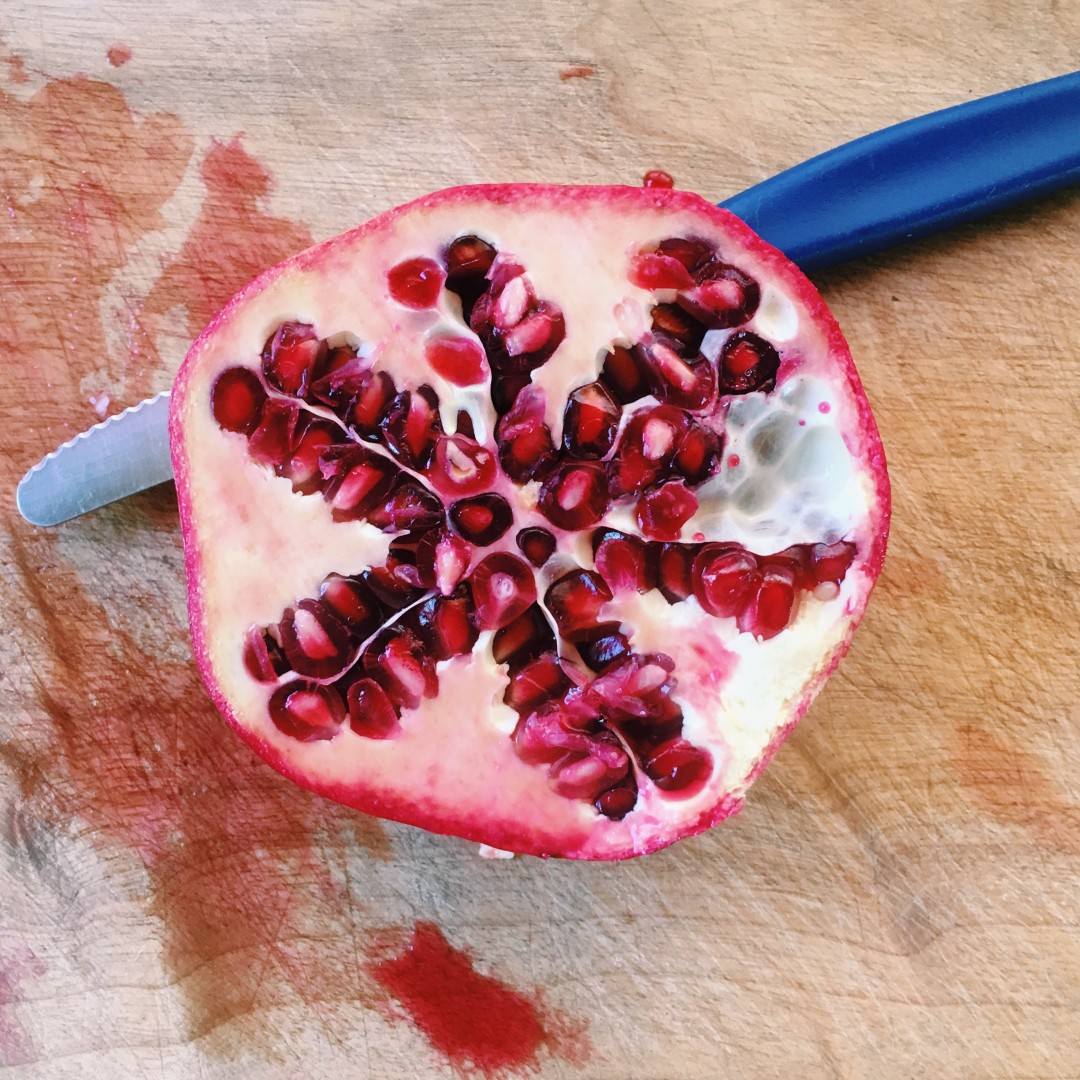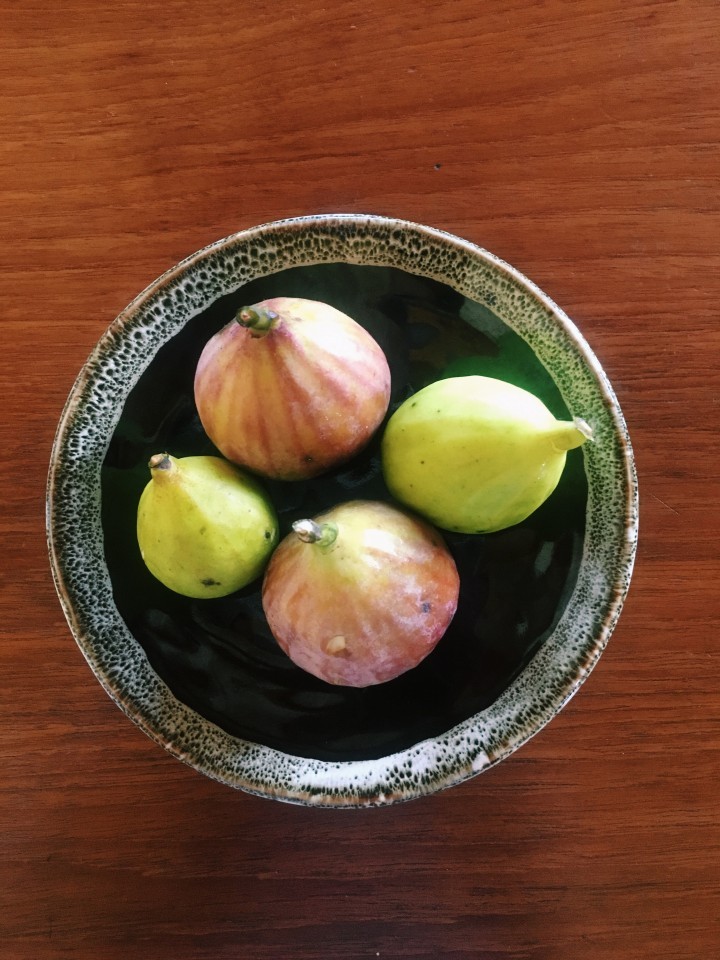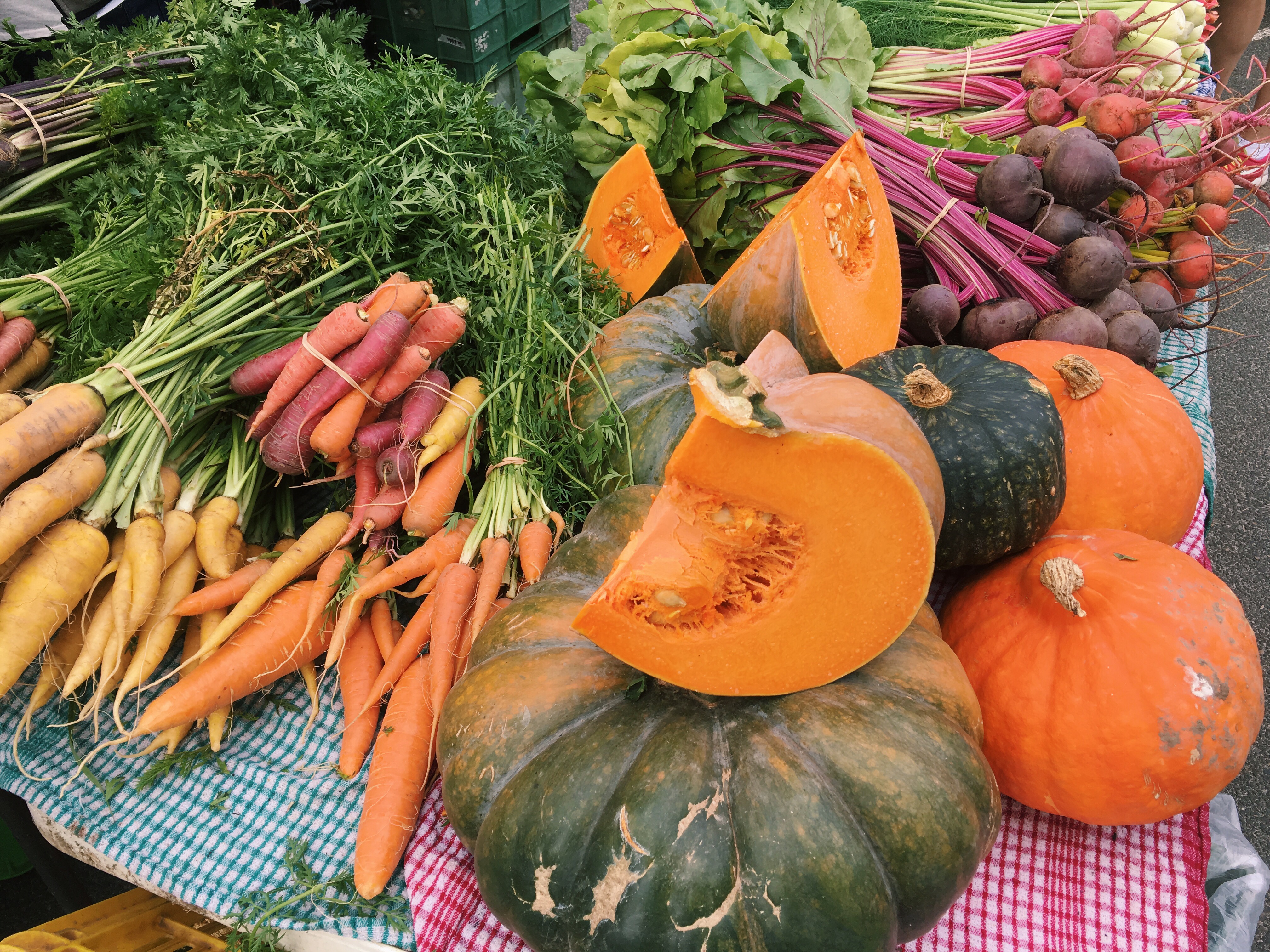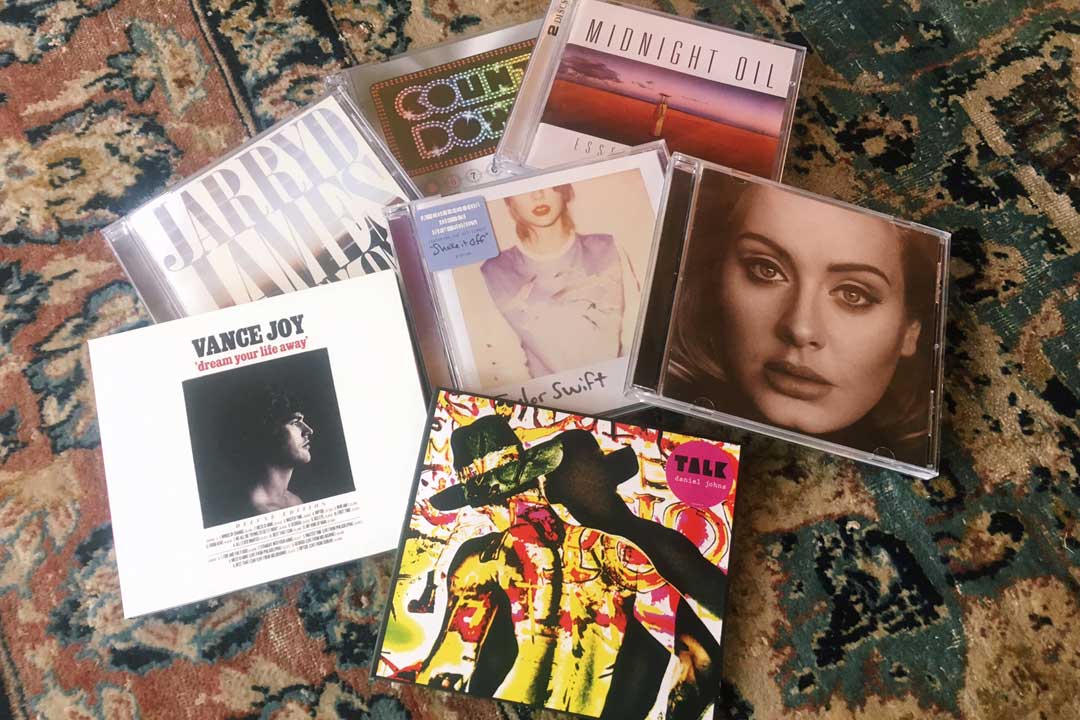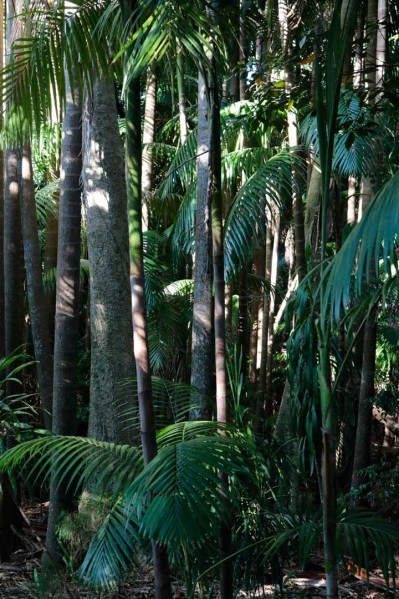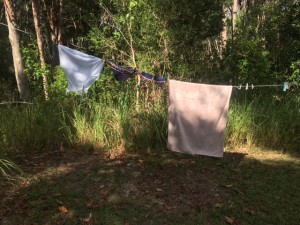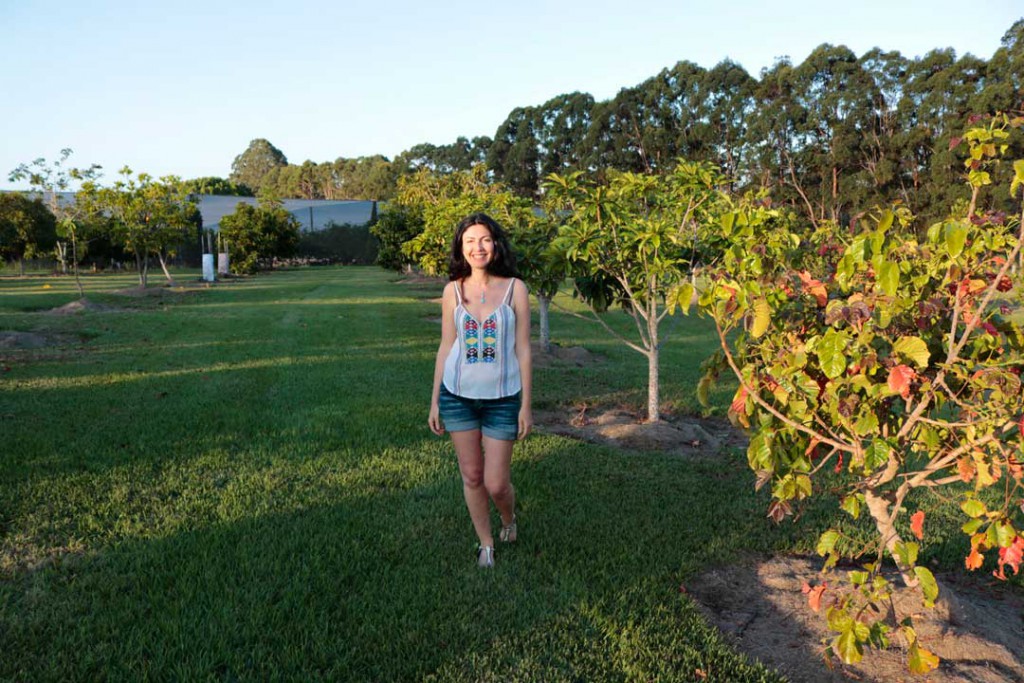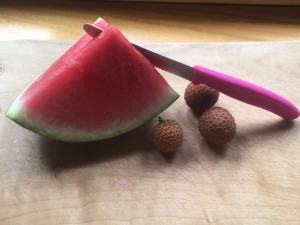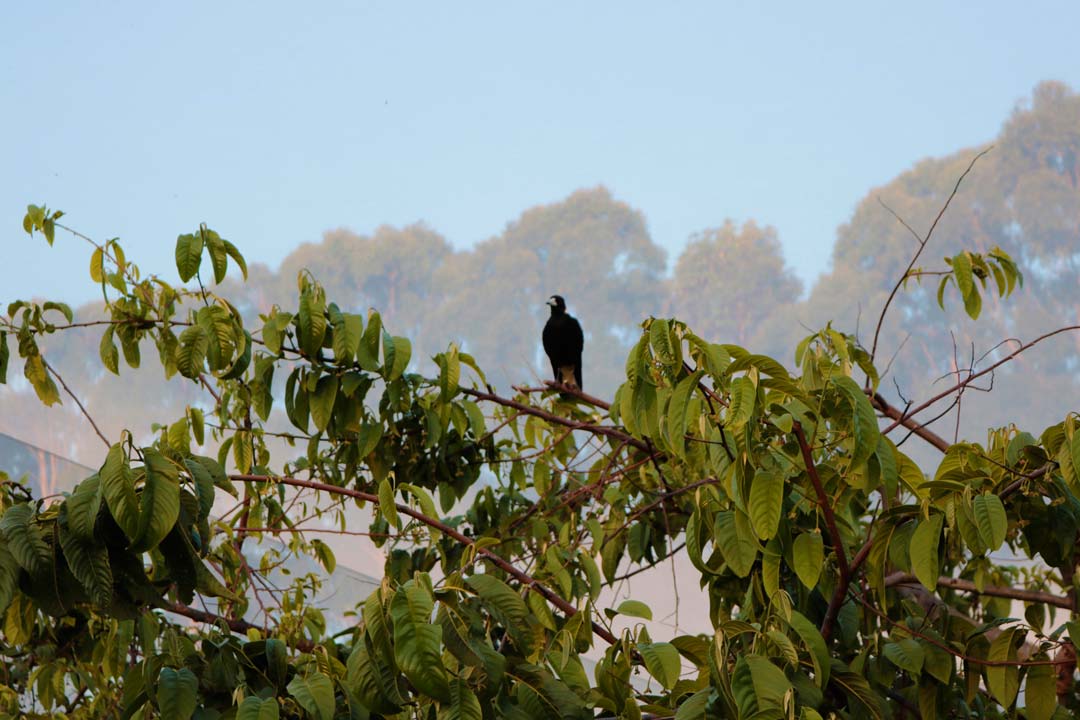Do you notice how some people sweep into your life and change its landscape forever?
Over the past few weeks I’ve found myself reflecting on the saying that did the email rounds some years ago about people entering your life for a season, reason or lifetime’. I used to quote it constantly, particularly after relationship break-ups; attempting to justify the ending.
But lately I seem to be challenging its basic premise; I’m discovering that many people who enter your life for a season or reason tend to leave their mark for a lifetime.
It could be a word uttered, a moment shared, an insight gained; but these things etch into the fabric of your being. You are different because of them and they are most likely different because of you.
Today I sat at my kitchen table eating breakfast, uncomfortably staring at a now empty seat one of my dearest friends had occupied for the past two weeks, having stayed with me for her last days in Oz. In her place were the flowers she picked on our walks and strays of her blonde locks.
I took in her re-arrangement of the candles, crystals and vases that I had in the middle of the table and I couldn’t quite get myself to change them back; somehow I felt if I did, I’d be trying to go back to how it was before she wandered into my life.
The funny thing was that I nearly didn’t be-friend her. I knew she was a traveller; I had a hunch her stay in Byron Bay, or even Australia, wasn’t going to last long. I’d met and lost’ a friend not unlike her many years ago and I wasn’t keen on repeating it again.
But I did, and I’m glad; as although her stay in Australia isn’t forever, her place in my heart is.
In the last few weeks we’ve sat under the moon eating carrot cake; watched the surfers catch the last waves as the sun sets over the Bay; harvested water lilies; devoured muffins and chai at our local cafe; read out aloud from our cherished books and personal journals; and basically indulged ourselves in the childlike love of life and nature we both possess.
Never once did my energy zap; it felt as if we were constantly filling up one another’s cups.
True friendships feed your soul because they allow you to be you.
You’ll never come out empty from an encounter with a true friend because you aren’t exhausting yourself trying to be something you’re not. Even if you’re discussing a difficult topic, which you’ll bound to do often, as life does present us with challenges, it will be about the way the content is brought to light.
You feel fed, full and nourished because you’re giving yourself the space to be you; no filters attached.
This is why these friendships last a lifetime; the people may no longer be in your physical space or you may not even be in contact any more, but they are part of you because through them you were reminded of who you really are.
When I looked at my most treasured friendships (and relationships), I found it wasn’t about whether we had mutual interests, could have stimulating intellectual conversation or laugh till our tummies hurt. Although all good things and part of an enduring connection, in the end it came down to how we made one another feel.
Could we sit in silence without laughing, talking or doing’ something and still be content in one another’s space?
Do I feel safe in their presence? Could I cry or scream in front of them?
Do I make them smile? Do they make me smile?
Can I just blurt out my thoughts and feelings and know they’ll be held?
Do I want to do nice things for them?
Do I want to be there for them? (I mean want’, not have to’)
Do I find myself sharing things I’d only previously thought I could share with myself?
Does thinking of their wellbeing and happiness make me feel good?
Do I want them to be the best version of themselves always?
Do I give to give, rather than give to get?
Do I love them; unconditionally?
We all know this can be rare and precious; so of course those who become this for us, can never leave us.
After breakfast today, I went to fill up my watering can and noticed little violets near the tap. I’ve had this same routine for three years now and never once noticed the violets. Before my friend left Byron, I told her whenever I saw a flower, I’d think of her; and here, on her very first day away, I was reminded that her place in my thoughts and heart is forever.
I stopped for a moment and soaked up this magical feeling, knowing that no one can leave us if we’re just willing to open our imagination to other ways they can be with us.
Spring morphs into Summer, Autumn turns to Winter; so too do true friendships and relationships never end, but are only transforming into different forms.

